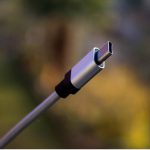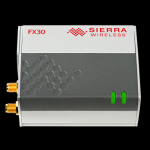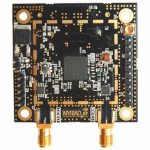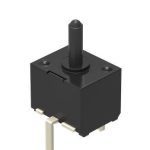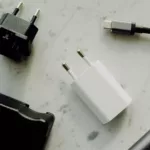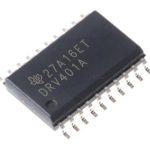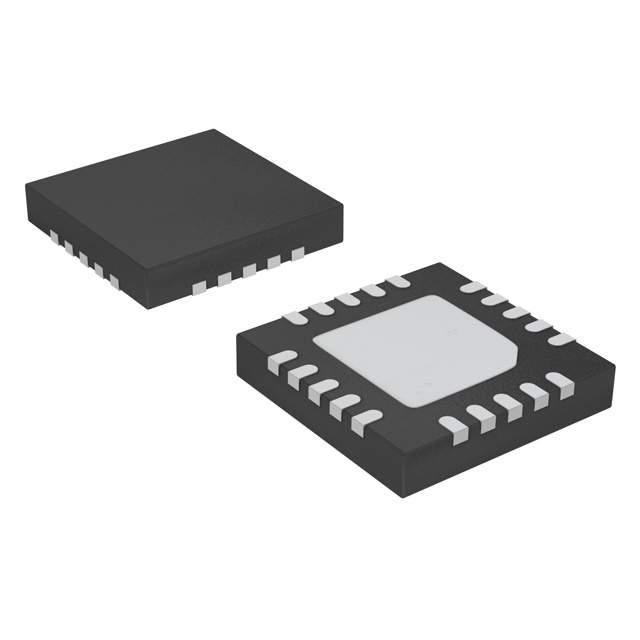
Overcurrent protection
Inline fuses are the most popular overcurrent protection components across the globe. You see the plug in your fridge, TV, Iron box, Laundry machine, and Home theatre? They have inline fuses. Virtually every electronic device that is plugged into the wall sockets has got an inline fuse. Of course, in exception of smartphone chargers, they notoriously lack inline fuses. Fuses are basically resistors that heat up when and melt when excess current is passed through them. This results in an open circuit which then interrupts the flow of current. Inline fuses are a crude solution though, they require frequent replacing and are quite expensive particularly in remote areas. Smart current is the best choice among others.
Current monitoring techniques
Techniques of monitoring current vary depending on the type of current (AC or DC) and the magnitude involved. However current measuring techniques can conspicuously be divided into two, direct and indirect current measuring.
- Direct current measuring– The current flows through the device being used to measure the current. The device could be a shunt resistor or a transistor. This method of measuring current is low-cost and exhibits very high accuracy. It is often preferred whenever it can be possibly used.
- Indirect current measuring– In indirect current measuring technique there is galvanic isolation between the conductor carrying the current and the device being used to measure the current. This method measures current related parameters, for instance, the magnetic field generated by the current passing through the conductor. This method is used in many applications since it is capable of high accuracy. However, it is very complex and expensive. It certainly cannot be used in place of fuses.
Direct measurement using resistors
Measuring current using shunt current-sense resistor is certainly the simplest approach. It offers the benefits of simplicity and linearity. The magnitude of the flowing is represented by the voltage across the resistor based on Ohms Law.
V= I x R
Shunt resistors are available as standalone parts or within a molded enclosure. The WSBS85515L100JK, for example, comes with enclosure could that embody a 4-pin receptacle that can mate with a standardMolex connector. It offers resistance as low as 100 uΩ and inductance of less than 5 nH.
High and low side sensing
When a shunt resistor is inserted between the load and the return, this is known as low-side sensing. When it is placed between the load and the power supply it is known as high-side sensing. Low-side sensing is simple and low-cost because the resistor is ground-referenced and could be buffered using an op-amp. However low-side sensing cannot detect a short or open circuit. The shunt resistor adds a resistance in the ground path which may not be acceptable in certain applications. High-side sensing, on the other hand, does not introduce resistance on the ground path, however, there is common-mode voltage on each side of the shunt resistor which may exceed the common-mode range of the op-amp.
Shunt resistor ICs
There are numerous ICs that have been designed to detect overcurrent conditions, for instance, the INA300. It requires a supply voltage of 5V and can accommodate a common voltage of 36V. INA300’s overcurrent threshold can be adjusted using a DAC or an external resistor. Its response time varies between 10μs and 100μs. The alert pin can either follow the input state of latch due to an overcurrent. During latch mode, the microcontroller clears the latch as a way of acknowledging that it received an alert.
FIG 1
Some applications demand high-speed overcurrent protection to protect downstream electronic components from damage. Examples of such applications include industrial motor control and DC-to-DC converters. To achieve this, the AD8211 is used to amplify the voltage across the shunt resistor and the feedback is supplied to the control loop. The AD8211 has the capability of rejecting common-mode voltage of up to 65V.It also provides a ground referenced and buffered output that can suitably be connected to an ADC.
FIG 2
The AD8214 is also equally fast as it offers a response time 100 ns. It also exhibits high common-mode-voltage. This smart current shunt comparator contains a Zener diode that enables it to operate from a supply voltage of up to 65V.
Current sensing using MOSFET
A power MOSFET can be used instead of the shunt resistor to detect overcurrent. The Infineon AUIR3200S is a good example of such a driver. It also embodies a short-circuit protection.
FIG 3
The AUIR3200S detect avoltage drop across the power FET. This is a function of load current and RDS(ON). When the MOSFET is turned on, the source voltage can be established using the equation below;
= –
Where;
= x
The input voltage Vs is then compared to a reference voltage,
= – x
In the event of overcurrent, the source voltage Vs exceeds the reference voltage hence triggering the internal comparator and turning the MOSFET. To minimize errors a low tolerance is chosen for . of a MOSFET is insensitive to drain current. However, it increases the junction temperature. A positive temperature coefficient has been designed into the device to compensate for this.
Direct current measure in high current applications
In high-current applications, shunt resistors could introduce a lot of heat mostly in high-temperature environments. In such cases, a current-sharing MOSFET is more preferable. A current sharing MOSFET utilizes small portions of the identical paralleled transistors to form a second low power MOSFET (senseFET). The senseFET is isolated from the power device. They both have a common gate and drain but have separate source. A good example of a high-current sensing FET is the IXTN660N04T4.
FIG 4
Conclusion
There are many options for protecting against short-circuit and overcurrent. While in the short run they may be costly compared to a simple fuse, smart current are more reliable and less costly in the long run.







